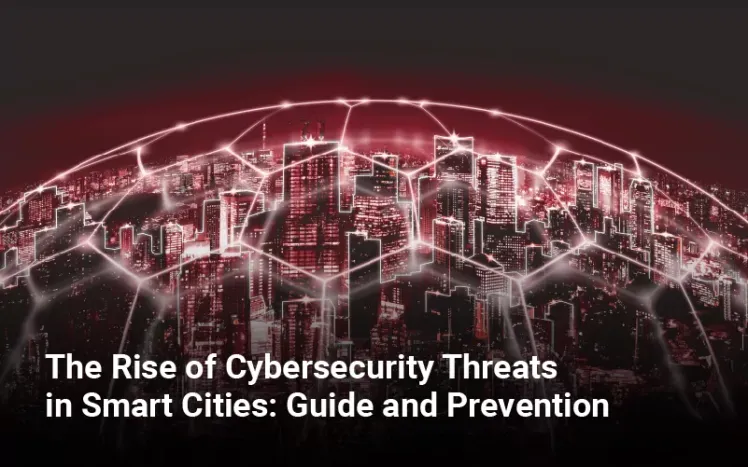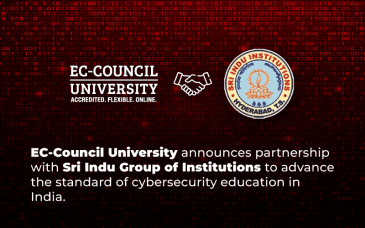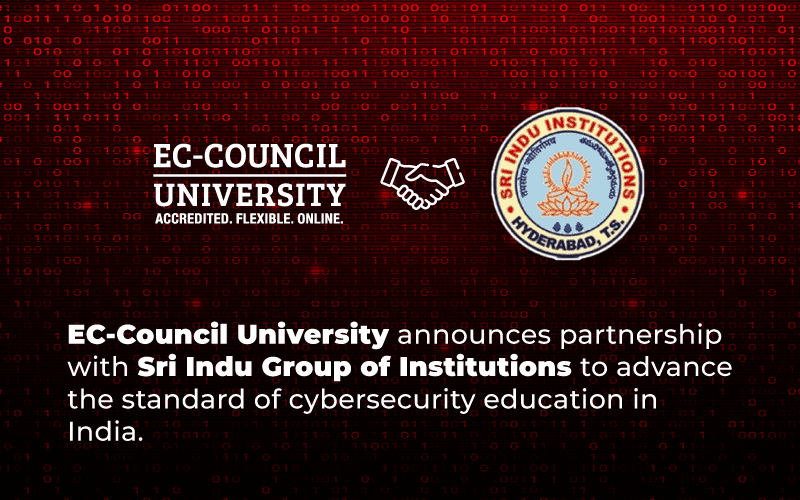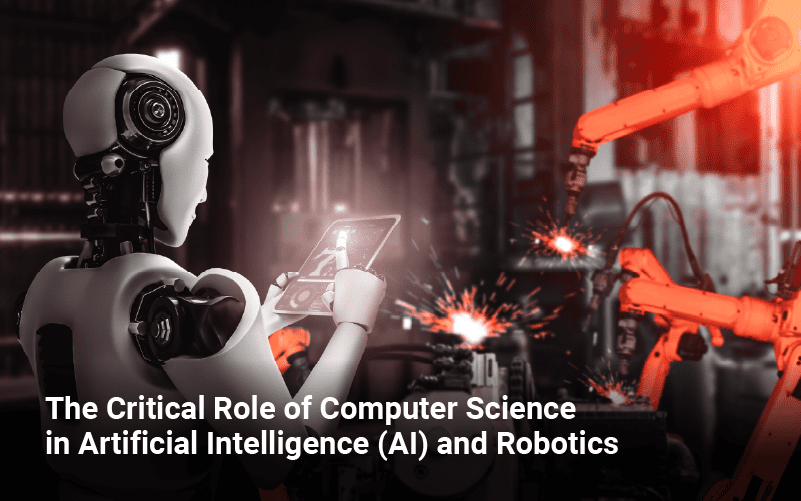The concept of smart cities – urban landscapes interwoven with technology to optimize efficiency, sustainability, and citizen well-being – is rapidly becoming a reality. From intelligent traffic management systems to interconnected grids and environmental sensors, a data collection and automation network promises a brighter future. However, this interconnectedness also introduces a new layer of vulnerability: Cybersecurity threats in smart cities. This blog explains the rising security risks disrupting critical infrastructure in smart cities and how to combat these threats.
Understanding Cybersecurity Threats in Smart Cities
The dependence on a vast network of IoT devices makes smart cities more susceptible to cyberattacks with potentially widespread consequences. These threats come in many forms:- Data Breaches: The vast amount of personal and operational data collected by smart city systems – traffic patterns, energy consumption, citizen movement – is a goldmine for cybercriminals. Data breaches can expose sensitive information, leading to identity theft, financial fraud, and even blackmail.
- Disruption of Services: Imagine a scenario where hackers gain control of a smart traffic light system. They could manipulate traffic flow, causing gridlock and chaos. Similarly, attacks on power grids or water management systems could have devastating consequences. Disruption of services is a major concern in cybersecurity in smart cities.
- Ransomware Attacks: Ransomware encrypts critical data, essentially holding it hostage until a ransom is paid. This tactic can affect essential services like emergency response systems or public transportation, causing significant financial loss and disruption.
- Denial-of-Service (DoS) Attacks: These attacks disrupt systems with a deluge of traffic, shutting out legitimate users in the process. A DoS attack on a smart city’s control center could effectively shut down critical infrastructure, causing widespread panic and disruption.
- Supply Chain Attacks: Cybersecurity threats in smart cities extend beyond directly connected devices. Hackers can target vulnerabilities in the supply chain, compromising software or hardware components used in smart city infrastructure. This can create a ripple effect, leaving entire systems vulnerable.
The Importance of Cybersecurity in Smart Cities
The potential consequences of these threats highlight the critical importance of cybersecurity in smart cities. Here’s why:- Protecting Critical Infrastructure: Smart cities rely on interconnected systems for essential services like water, electricity, and transportation. Strong cybersecurity is essential to safeguard these systems and prevent disruptions that could have a cascading effect on public safety and well-being.
- Ensuring Public Trust: Citizens are increasingly reliant on smart city services. Data breaches and disruptions can erode public trust in these systems. Implementing robust cybersecurity measures demonstrates a commitment to protecting citizen data and ensuring the smooth functioning of essential services.
- Fostering Innovation: A secure environment is crucial for continued innovation in smart city technologies. By addressing cybersecurity concerns, cities can create an environment where developers and businesses can confidently invest in new technologies.
Cybersecurity Prevention in Smart Cities
Building a secure smart city requires a multi-pronged approach to cyber security prevention. Here are some key strategies:- Secure System Design: Smart city infrastructure should be designed with security in mind from the outset. This includes choosing secure hardware and software, implementing strong encryption protocols, and following secure coding practices.
- Patch Management: Get the most out of your devices with improved performance and security through regular updates. Regular vulnerability assessments and prompt patching are crucial aspects of cyber security prevention in smart cities.
- Network Segmentation: Dividing the smart city network into smaller segments can limit the damage caused by a cyberattack. This prevents a breach in one area from compromising the entire system.
- Identity and Access Management: By implementing robust identity and access management (IAM) systems, you lock down your critical systems and data, keeping them out of the wrong hands. Multi-factor authentication and strong password policies are key elements of effective IAM.
- Security Awareness Training: Educating city staff, citizens, and developers about cybersecurity threats and best practices is essential. Regular training sessions can help everyone involved identify and mitigate potential risks.
- Cybersecurity Collaboration: Effective cyber security prevention requires collaboration between stakeholders – government agencies, technology providers, and citizens. Sharing information about threats and vulnerabilities is crucial for a unified defense.












